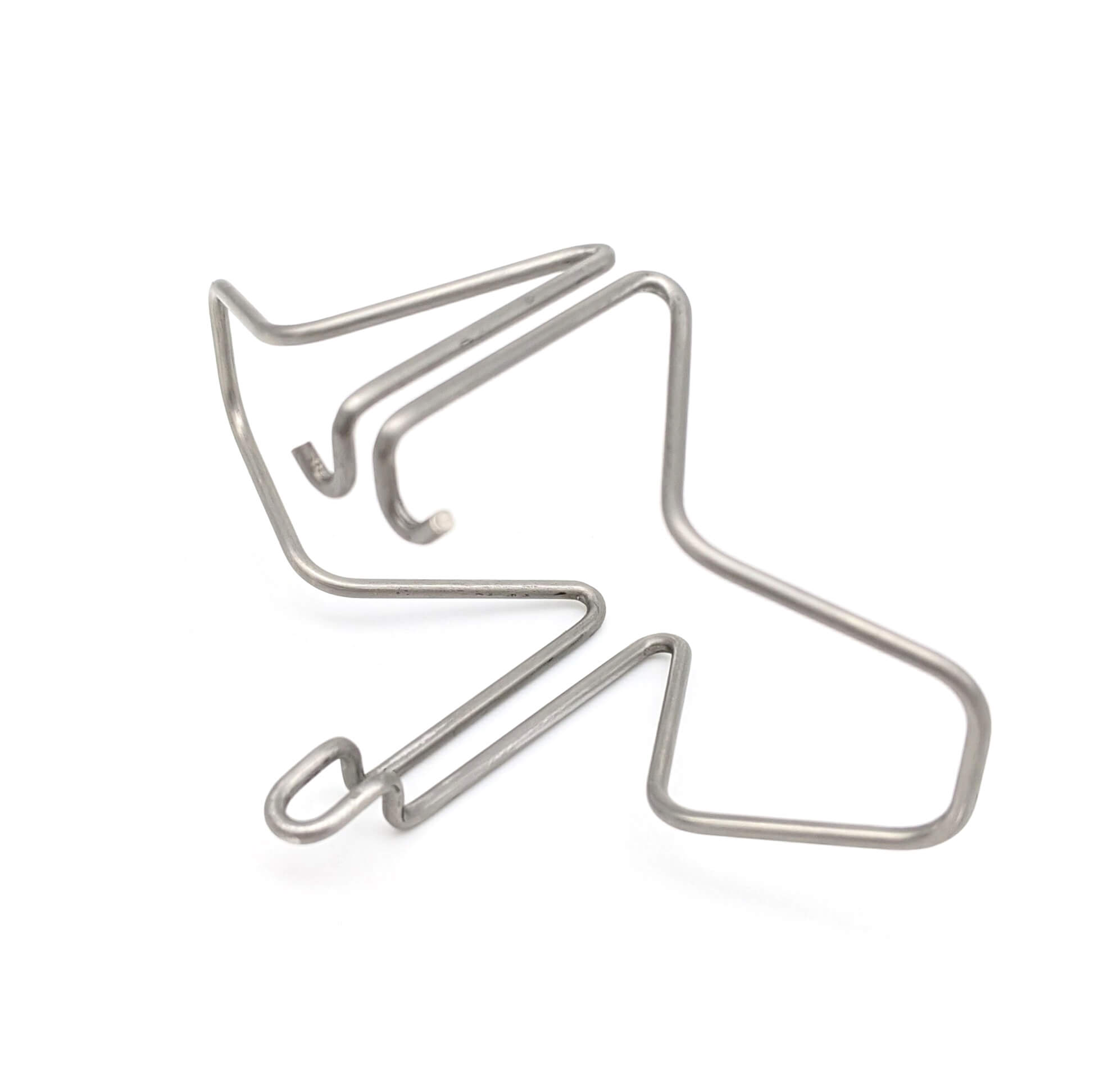Get unique, complex parts easily. No matter your requirements, Chaoyi Spring creates hard-to-produce coil springs and wire forms.
Let us help you create the custom wire form you need, from S-hooks and J-hooks to utility hooks and more.
We work closely with customers across a wide range of industries, helping them design and manufacture made-to-order parts.
Why choose Chaoyi Spring? We prioritize customer-focused collaboration, modern equipment and the latest technology to make your parts per print.
Find the information and guidance you need, from measuring a spring to learning about materials, placing an order and much more.
In the world of mechanical engineering, springs play a crucial role, acting as essential components in countless devices and systems. These resilient components are designed to store and release energy,


In the world of mechanical engineering, springs play a crucial role, acting as essential components in countless devices and systems. These resilient components are designed to store and release energy, providing a wide range of functionalities. Among the various spring types, compression springs and tension springs stand out as two fundamental designs, each with distinct characteristics and applications. This article delves into the core differences between compression springs and tension springs, exploring their unique features, advantages, and applications.

Compression springs, as the name suggests, are designed to resist compressive forces. Imagine a spring that you press down on, and it pushes back against your force, trying to regain its original length. This is the fundamental principle of compression springs. They are often cylindrical in shape, with closely wound coils that compress when a load is applied. As you press down on a compression spring, the coils get closer together, storing potential energy. When the force is removed, the spring expands back to its original length, releasing the stored energy.
Tension springs, on the other hand, are designed to handle tensile forces, meaning they resist being stretched. Think of a spring that you pull on, and it pulls back, trying to return to its original length. This is the core function of a tension spring. These springs are typically made with open coils that are not touching when unloaded. When a load is applied, the coils stretch apart, storing energy. When the force is released, the spring contracts back to its original length, releasing the stored energy.
The fundamental difference between compression springs and tension springs lies in how they are loaded and how they function. Compression springs are loaded by pushing on them, while tension springs are loaded by pulling on them. This difference in loading leads to distinct design characteristics:
Both compression springs and tension springs offer specific advantages and disadvantages, making them suitable for different applications:
The versatility of compression springs and tension springs makes them essential components in a wide range of industries and applications. Here are some examples:
When deciding between a compression spring and a tension spring, engineers carefully consider factors such as the load requirements, space limitations, and desired spring behavior. If the application involves a force that pushes on the spring, a compression spring is the likely choice. If the application requires a force that pulls on the spring, a tension spring is more appropriate. Ultimately, the selection depends on the specific needs and constraints of the application.
In conclusion, compression springs and tension springs are both essential components in the world of mechanics, each with unique strengths and applications. Understanding the key differences between these two spring types empowers engineers and designers to make informed choices for their projects. Whether you are designing a car suspension system, a household appliance, or a medical device, selecting the right spring is critical for optimal performance, reliability, and longevity.
Browse some of the custom wire forms and springs that we manufacture. Don’t see what you need? We specialize in made-to-order products that meet your application requirements.
Visit Our GalleryNeed a custom wire form or coil spring? We make it work. Fill out the contact form and a representative will respond within 1 business day. If you have a PDF or CAD file, you can submit to request a quote.